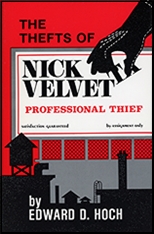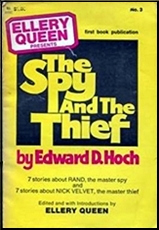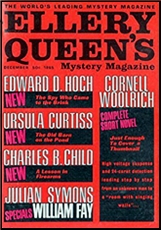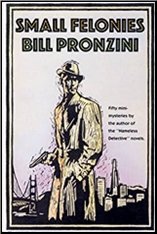Sun 6 Oct 2019
Stories I’m Reading: MARGARET MARON “Lieutenant Harald and the Treasure Island Treasure.”
Posted by Steve under Stories I'm ReadingNo Comments
MARGARET MARON “Lieutenant Harald and the Treasure Island Treasure.” Short story. Lt. Sigrid Harald. Published in Alfred Hitchcock’s Mystery Magazine, September 1989. Collected in Lieutenant Harald and the Treasure Island Treasure & My Mother, My Daughter, Me (Mystery Scene/Pulphouse Short Story Paperback #3, 1991).
In this short but well-told tale Lt. Sigrid Harald of the NYPD finds herself far from her usual comport zone, the crowded concrete streets of Manhattan. Oscar Naumann, an old friend living in upstate Connecticut whom she apparently had met in one or more of her earlier novel-length cases, now needs her help. At stake is a young girl’s inheritance from her now deceased uncle.
Living on an island configuration of land, the map, a lifelong lover of maps — and buried treasures — the key to finding what he left his favorite niece in his will is a map he was still working on when he died. This is the puzzle that Sigrid must decipher. Any lover of maps and Robert Louis Stevenson’s classic tale, “Treasure Island,” will enjoy this one as much as I did.
__
Bibliographic Notes: There have been nine novel length cases for Lt. Harald, the most recent being Take Out, which appeared in 2017 after a hiatus of 22 years. Her only other short story appearance has been “Murder at Montegoni” (EQMM, Sept/Oct 2008).





